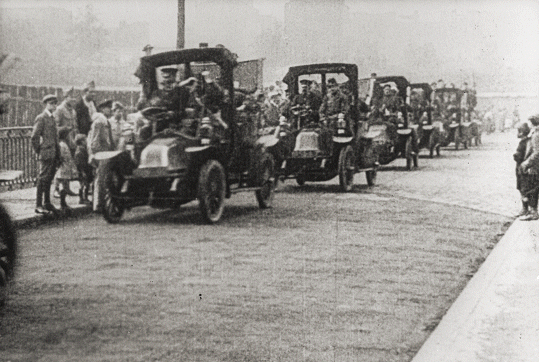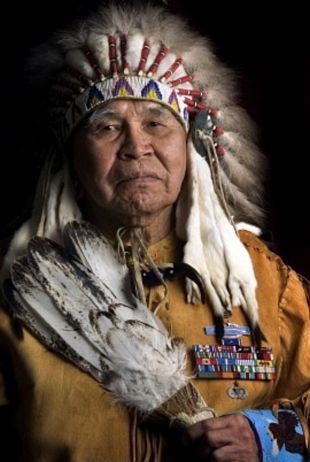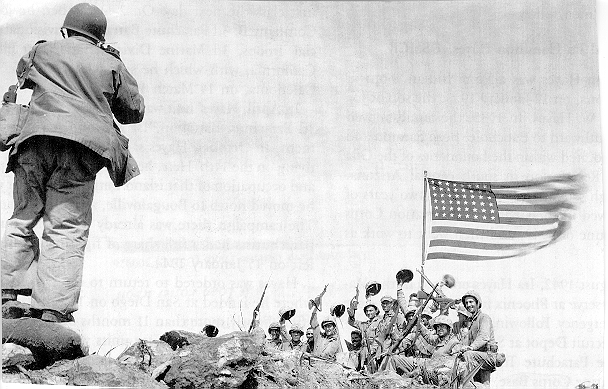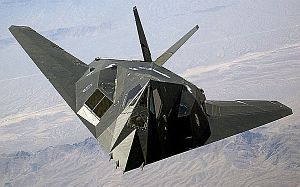- Joined
- Oct 11, 2010
- Messages
- 13,114
- Reaction score
- 8,133
- Age
- 61
The highest ranking american killed was Lt. Gen. Lesley McNair, killed by the US Army Air Corps.
By Bootie, in "WW2 facts?" Feb 17, 2010.
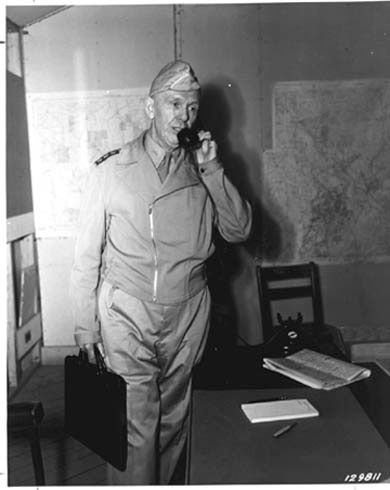
He was killed by friendly fire when a USAAF Eighth Air Force bomb landed in his foxhole near Saint-Lô during Operation Cobra as part of the Battle of Normandy.-
By Bootie, in "WW2 facts?" Feb 17, 2010.

He was killed by friendly fire when a USAAF Eighth Air Force bomb landed in his foxhole near Saint-Lô during Operation Cobra as part of the Battle of Normandy.-















































